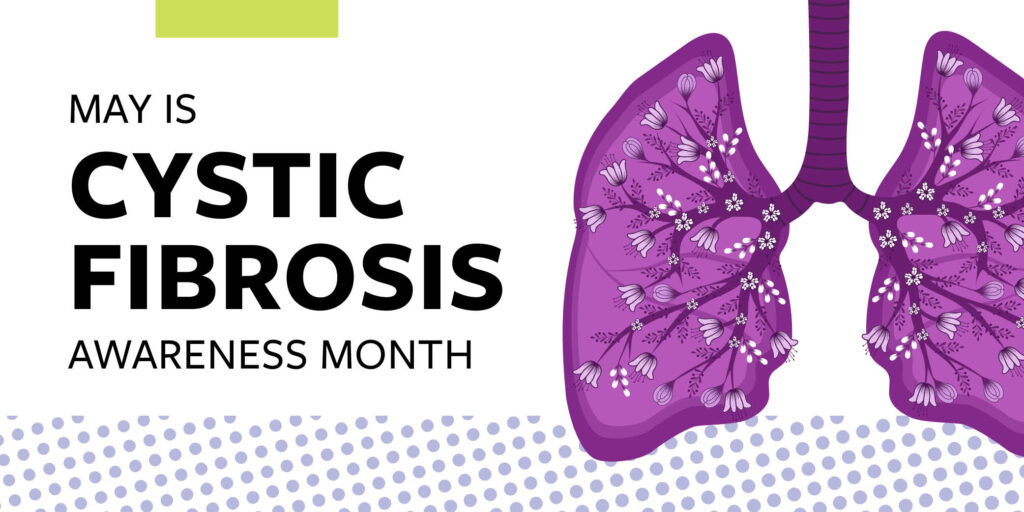Celiac Disease
Celiac Disease-related nerve damage
Celiac disease, or gluten sensitivity, is an autoimmune inflammatory disease that damages the villi – the small, finger-like projections that line the small intestine. For people with celiac disease, eating foods containing gluten – a protein found in wheat and other grains – sets off an autoimmune reaction that causes the villi to shorten and eventually flatten. Without healthy villi, a person becomes malnourished, regardless of the quantity of food eaten. Left untreated, celiac disease can lead to serious long-term conditions such as cancer, osteoporosis, anemia and seizures, and may become life threatening.
1%
In the United States, it is estimated that 1% of the population has celiac disease
10%
Estimates suggest that around 10% of celiac disease patients may experience neurological issues like peripheral neuropathy or ataxia
83%
In the United States, about 83% of people with celiac disease are either undiagnosed or misdiagnosed. There can be a delay of 6–10 years before an accurate diagnosis.
Celiac disease is linked to a genetic pre-disposition for the disease. Individuals may show no signs of celiac disease until later in life, when symptoms appear, apparently triggered by surgery, viral infection, pregnancy, childbirth, or a stressful event. Infants and children with celiac disease may fail to grow and develop properly.
A recent study found that some people with celiac disease had neuropathic symptoms before the gastrointestinal symptoms of celiac disease appeared. The results of this study, and the fact that 10 percent of people with celiac disease suffer from an associated neurological condition (usually peripheral neuropathy or ataxia – a condition characterized by jerky, uncoordinated movements and gait), indicates that patients with neuropathy of an unknown cause should be tested for celiac disease.
Because celiac disease is common in Europe, it is now thought that the disorder has been significantly under-diagnosed in the United States. A study published in the February 10, 2003 Archives of Internal Medicine suggests that one in 133 Americans are at risk for celiac disease (up from earlier estimates of one in 250), yet only one in 4,700 Americans have been diagnosed with it. According to the National Institutes of Health, the reasons for this disparity include: difficulty identifying and diagnosing celiac disease because the symptoms are often attributed to other problems, lack of knowledge about the disease, and a limited number of U.S. laboratories experienced in testing for celiac disease.
Celiac disease is often associated with other disorders, including diabetes, sarcoidosis, peripheral neuropathy, and vasculitis. In addition, several autoimmune diseases have been linked to celiac disease, including systemic lupus erythematosus, collagen vascular disease, rheumatoid arthritis, and Sjögren’s syndrome.
Symptoms & Signs
(Not all symptoms and signs may be present)
Celiac disease affects people differently. Symptoms may or may not show up in the digestive system, and some people who are affected with the disease may not appear to have symptoms.
- Anemia
- Change in weight
- Chronic diarrhea or constipation (or both)
- Failure to thrive in infants or delayed growth
- General weakness
- Neuropathic symptoms, burning, tingling and numbness in hands and feet
- Loss of feeling in the hands and feet
- Numbness, tingling or reduced sensation in the face and body
- Oily, foul-smelling stools
- Stomach problems, cramping, gas, distention, bloating, vomiting
Evaluation & Tests
(Not all evaluation and tests may be necessary)
For peripheral neuropathy:
- Neurological exam
- Electromyography
- Nerve conduction velocity test
For celiac disease
- Blood tests
- Biopsy of the lining of the small intestine
Treatment & Therapy
(Not all treatments and therapies may be indicated)
For celiac disease:
- Life-long adherence to a gluten-free diet
- Avoid all foods that contain wheat
- Avoid other grains that have gluten: rye, barley, and possibly oats–in other words, most grain, pasta, cereal, and many processed foods
For peripheral neuropathy induced by celiac disease:
- Discontinue drugs that cause peripheral neuropathy
- Institute non-drug treatments to reduce pain, such as:
- Avoiding extended periods of standing or walking
- Wearing looser shoes
- Soaking feet in ice water
- Pain medication
- Take safety measures to compensate for loss of sensation
- Ask your doctor about special therapeutic shoes (which may be covered by Medicare and other insurance)
Resource library
Read our newsletter and explore educational brochures to help expand your knowledge of peripheral neuropathy.







